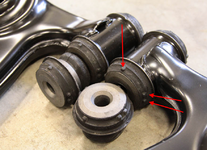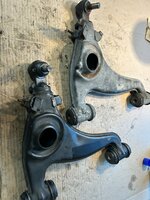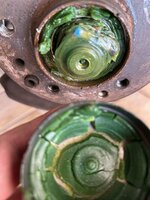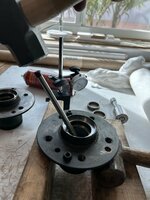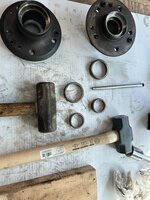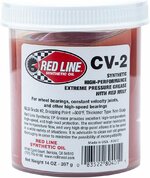So I finally got the car in for an alignment. Tech said he could not do the alignment because the front bearings needed to be cleaned and repacked first (or replaced if damage was found). Quoted price for this work was $700.
That is BS. There is NO reason why an alignment could not be performed, unless there was drastic amounts of play in the bearings, affecting alignment values. Doesn't sound like that was the case, and the dealer was hoping to swipe $700 out of your pocket. Thieves!
I politely declined, drove the car home, removed wheels, calipers, rotors, and dust cap. When spinning the hub by hand everything feels smooth, I can feel a slight click when pushing/pulling on the hub, I assume that is the specified axial play. (.01 to .02 mm IIRC). I don’t have a dial gauge but will get one so I can check properly.
When adjusted properly you can JUST barely feel a hair of movement when gripping the wheel top/bottom and yanking in/out. Might even hear a slight click. If there's zero movement, that's bad (too tight). If there's substantial movement, also bad (too loose). Spec when setting is 0.01-0.02mm which is awfully hard to achieve without a dial gauge. Limit of play for "used" bearings is 0.05mm which is quite loose. Without a dial gauge, err on the loose side.
Can anyone tell from the pictures if this grease is dry and aged and needs to be replaced?
Grease in the cap is waxy/solidified, and past its prime, as other commented above. While the grease in the bearings would likely work fine for tens of thousands of additional miles, it's cheap to replace. Since it' sooooo much work to clean the old bearings, I prefer to just install new bearings (OE or Timken preferred, be careful on brand names / COO). Weighing the correct amount of OE neon-green grease is critical. This is a slow, tedious job... but not difficult. Worst part is extracting the old bearing races. To ease installation, freeze the new races & heat the hub.
Pro tip: When using the dial gauge, you
must bolt the rotor tightly to the hub! Otherwise the result will be too tight (zero play).
Also, I do not have the special little slide hammer tool with the jaws that clip onto the dust cap, so I used some flat nosed pliers and a pry block to wedge them off. (see picture). Just do little at a time and work your way around. Worked great, hope this helps someone else.
Great trick! I do the same thing, with short lug bolts to tighten the rotor to the hub... then I pry against the heads of those bolts to remove the cap. When installing the cap, tap on the lip around the circumference, not on the face - this avoids denting the cap.



